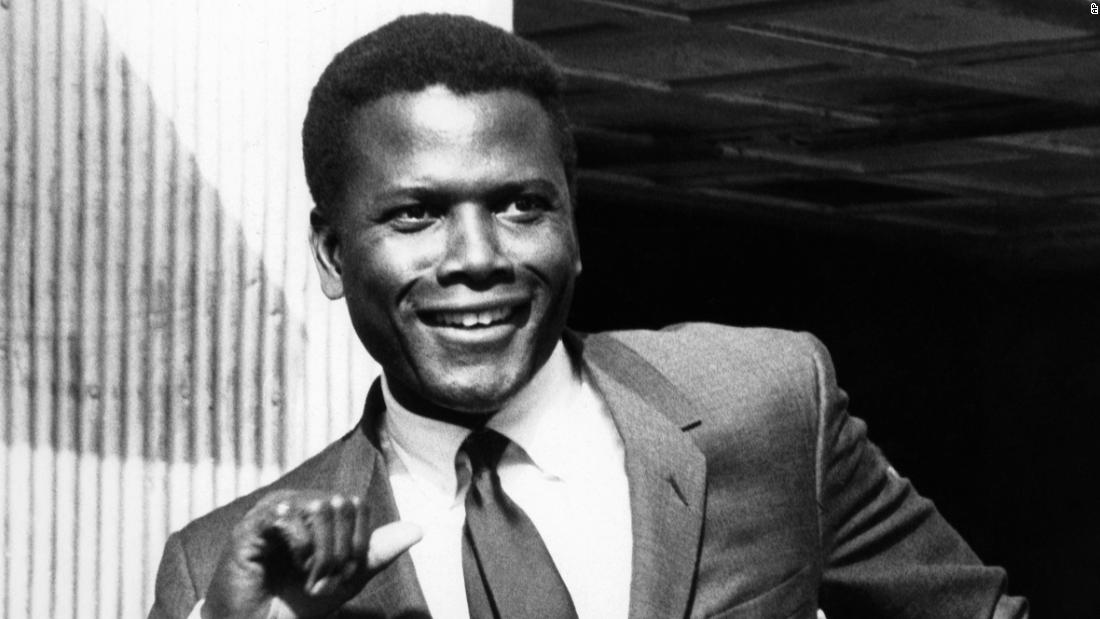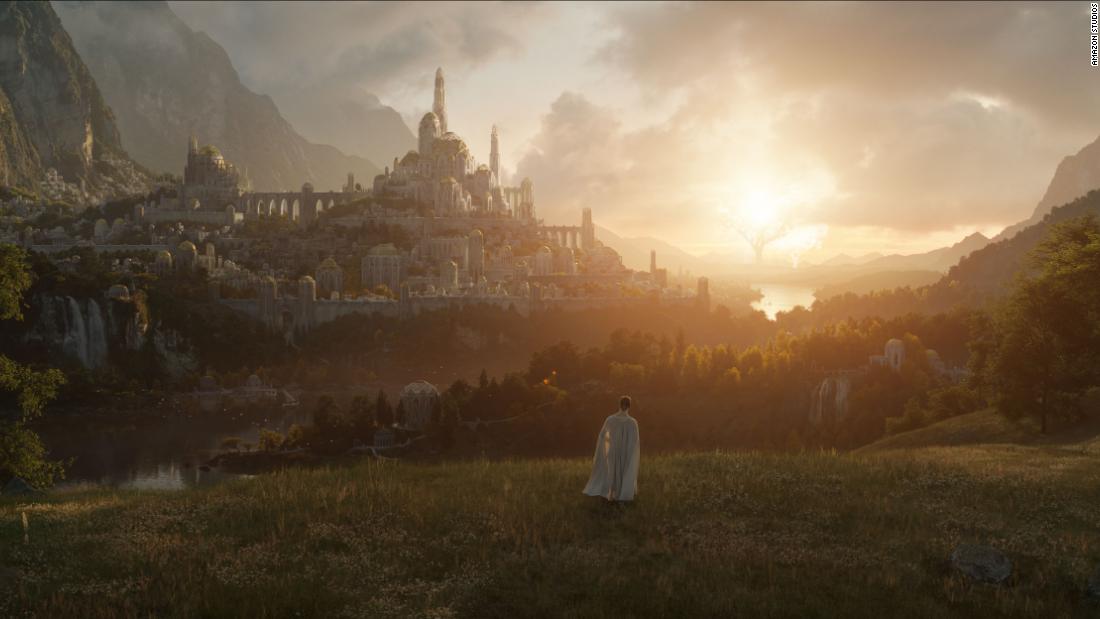The Ultimate Guide to Film and Television
In today's digital age, film and television have become an integral part of our lives. From captivating storytelling to breathtaking visuals, the world of entertainment offers us a vast array of experiences. Whether you're an aspiring filmmaker, a dedicated cinephile, or simply someone who enjoys relaxing in front of the TV, this ultimate guide will take you on a journey through the realms of film and television. In this comprehensive article, we will explore various aspects of the industry, from the history and evolution to the production process and emerging trends.
History of Film and Television
The Early Beginnings of Film
Film has a rich history that dates back to the late 19th century. The Lumière brothers' invention of the cinematograph in 1895 marked the birth of motion pictures. It opened the doors to a new form of storytelling that captivated audiences around the world. Silent films dominated the early years, with pioneers like Charlie Chaplin and Buster Keaton becoming household names.
The Birth of Television
Television emerged as a popular medium in the mid-20th century. With the invention of the cathode-ray tube, televisions became more affordable and accessible to the general public. Shows like "I Love Lucy" and "The Twilight Zone" became instant classics, shaping the landscape of television entertainment.
Film and Television's Impact on Society
Both film and television have had a significant impact on society. They serve as powerful tools for education, cultural representation, and entertainment. From addressing social issues to inspiring generations, the influence of these mediums is undeniable.
Genres in Film and Television
Film and television encompass a wide range of genres, each offering unique storytelling experiences. Here are some popular genres:
Drama
Drama films and TV shows focus on realistic characters and intense emotional themes. They explore human relationships, personal struggles, and societal issues, leaving a lasting impact on viewers.
Comedy
Comedy provides light-hearted entertainment, aiming to make audiences laugh. It encompasses various subgenres, such as slapstick, romantic comedy, and satire, catering to diverse comedic tastes.
Action
Action films and TV shows deliver thrilling experiences through high-octane stunts, fast-paced sequences, and adrenaline-pumping narratives. They often feature heroes, villains, and breathtaking battles.
Thriller
Thrillers keep audiences on the edge of their seats with suspenseful storytelling, unexpected twists, and psychological tension. They blend elements of mystery, crime, and suspense to create an intense viewing experience.
Science Fiction
Science fiction explores imaginative concepts and futuristic worlds. From space exploration to time travel, this genre pushes the boundaries of human imagination, offering captivating and thought-provoking narratives.
Romance
Romantic films and TV shows focus on love and relationships. They often depict the complexities of romance, capturing the joys, heartbreaks, and emotional journeys of the characters involved.
Horror
Horror caters to those seeking spine-chilling experiences. It evokes fear, suspense, and a sense of dread through supernatural elements, psychological terror, or gruesome visuals.
Documentary
Documentaries present real-life stories, events, or subjects. They aim to inform, educate, and raise awareness about various topics, ranging from history and nature to social issues and human experiences.
The Art of Filmmaking
Filmmaking is a complex and collaborative process that brings stories to life on the screen. It involves several stages:
Pre-production
During pre-production, filmmakers develop the concept, write the script, plan the budget, scout locations, and assemble the cast and crew. It is a crucial phase where the foundation of the film or TV show is laid.
Production
Production is the actual shooting phase, where the scenes are filmed according to the script. It involves capturing performances, setting up lights and cameras, and coordinating various departments.
Post-production
Post-production encompasses editing, sound design, visual effects, and other tasks that shape the final product. It is where the footage is assembled, polished, and enhanced to create a cohesive and engaging viewing experience.
Cinematography
Cinematography is the art of capturing images on camera. It involves selecting lenses, framing shots, determining camera movements, and manipulating lighting to visually convey the desired mood and atmosphere.
Screenwriting
Screenwriting is the craft of writing scripts for film and television. It involves developing engaging characters, constructing compelling narratives, and crafting dialogue that brings the story to life.
Directing
Directing involves guiding the creative vision of a film or TV show. Directors work closely with the cast and crew, making decisions about performances, blocking scenes, and ensuring the overall cohesion of the project.
Editing
Editing is the process of assembling and refining the footage to create a cohesive narrative. It involves selecting the best takes, arranging scenes, pacing the story, and enhancing the visual and auditory elements.
Sound Design
Sound design encompasses creating and manipulating audio elements. It includes dialogue editing, sound effects, foley, and music, all of which contribute to the overall immersive experience of the film or TV show.
The Role of Technology in Film and Television
Technology plays a vital role in the advancement and evolution of film and television. Here are some key areas where technology has made significant contributions:
Advancements in Camera Technology
Cameras have evolved from large, bulky devices to compact, high-resolution digital cameras. From the advent of color film to the rise of digital cinematography, advancements in camera technology have revolutionized the way stories are captured.
Special Effects and CGI
Special effects and computer-generated imagery (CGI) have transformed the visual landscape of film and television. From breathtaking action sequences to fantastical creatures, these technologies allow filmmakers to create stunning and realistic visual effects.
Sound and Music
Sound design and music enhance the overall viewing experience. Advancements in sound recording and mixing techniques have improved the quality and immersion of audio, while composers create memorable scores that elevate the emotional impact of a film or TV show.
Streaming Platforms and On-Demand Services
The rise of streaming platforms and on-demand services has changed the way we consume content. Services like Netflix, Amazon Prime Video, and Disney+ offer a vast library of films and TV shows, providing convenience and accessibility to audiences worldwide.
Film and Television Industry Trends
The industry is constantly evolving, driven by changing consumer preferences and technological advancements. Here are some notable trends shaping the world of film and television:
Rise of Streaming Services
Streaming services have disrupted traditional distribution models, offering a wide range of content at affordable prices. The convenience of on-demand streaming has led to the exponential growth of platforms, creating a new era of entertainment consumption.
Impact of Social Media and Online Marketing
Social media platforms have become powerful marketing tools for film and television. Studios and creators leverage social media to generate buzz, engage with audiences, and promote their projects, creating a direct connection between content creators and viewers.
Diversity and Inclusion
Diversity and inclusion have become significant considerations in the industry. Audiences demand representation and authentic storytelling that reflects the diversity of the world we live in. Filmmakers and TV creators are embracing inclusivity, both on and off-screen, to create more meaningful and relatable content.
Virtual Reality and Augmented Reality
Virtual reality (VR) and augmented reality (AR) technologies are on the rise, offering immersive and interactive experiences. From VR films to AR-enhanced TV shows, these technologies have the potential to revolutionize storytelling and create new avenues for audience engagement.
Interactive Storytelling
Interactive storytelling blurs the line between film, television, and gaming. Interactive films and TV shows allow viewers to make choices that shape the narrative, creating a personalized and participatory experience.
Iconic Films and TV Shows
Throughout history, certain films and TV shows have left a lasting impact on audiences. These iconic works have shaped popular culture and set new standards in storytelling. Here are some examples:
Cult Classics
Cult classics are films or TV shows that have gained a dedicated and passionate following over time. They often defy mainstream conventions, appealing to niche audiences and inspiring a sense of community.
Blockbuster Hits
Blockbuster hits are films that achieve massive commercial success, captivating audiences worldwide. These films often feature high budgets, groundbreaking visual effects, and star-studded casts, attracting audiences of all ages.
Award-Winning Masterpieces
Award-winning films and TV shows receive recognition for their excellence in various categories, including directing, acting, writing, and technical achievements. These works often combine artistic merit with critical acclaim, showcasing the highest level of craftsmanship.
The Business of Film and Television
Behind the scenes, the industry operates as a business with its unique challenges and dynamics. Here are some aspects of the business side of film and television:
Film Financing and Distribution
Financing and distribution are critical aspects of bringing a film or TV show to life. Funding can come from various sources, including studios, production companies, investors, and crowdfunding. Distribution involves securing deals with theaters, broadcasters, streaming platforms, or home video distributors to reach audiences.
Marketing and Promotion
Marketing and promotion play a vital role in attracting audiences to films and TV shows. From teaser trailers and posters to press junkets and digital campaigns, marketing efforts aim to generate buzz, create awareness, and drive ticket sales or viewership.
Box Office Success vs. Critical Acclaim
Box office success and critical acclaim are often seen as separate measures of a film or TV show's performance. While commercial success is important for financial viability, critical acclaim acknowledges the artistic and storytelling achievements of a project.
The Influence of Film and Television on Society
Film and television hold significant influence over society, reflecting and shaping our culture in various ways:
Cultural Impact
Films and TV shows often mirror societal values, beliefs, and trends, becoming cultural touchstones that resonate with audiences. They have the power to introduce new ideas, challenge norms, and create conversations around important social issues.
Reflection of Social Issues
Filmmakers and TV creators tackle social issues through their work, shedding light on topics such as inequality, discrimination, environmental concerns, and political movements. By addressing these issues, they contribute to broader discussions and promote social change.
Entertainment as a Catalyst for Change
Entertainment has the power to inspire and motivate people. Films and TV shows that highlight inspiring stories, advocate for justice, or shed light on marginalized communities can spark empathy and drive positive change in society.
The Future of Film and Television
The future of film and television is constantly evolving, driven by advancements in technology, changing consumer behavior, and emerging trends. Here are some areas that will shape the future:
Emerging Technologies
Emerging technologies, such as virtual reality, augmented reality, and artificial intelligence, will continue to impact the industry. These technologies offer new storytelling possibilities, immersive experiences, and innovative production techniques.
Changing Consumer Behavior
Consumer behavior is shifting with the rise of streaming services and digital platforms. Audiences now have more control over what, when, and where they watch. Content creators and distributors must adapt to these changing preferences and find new ways to engage with viewers.
Predictions and Speculations
The future of film and television holds exciting possibilities. As technology continues to advance, we can anticipate more interactive experiences, personalized content recommendations, and even greater accessibility to global audiences.








 English (US) ·
English (US) ·